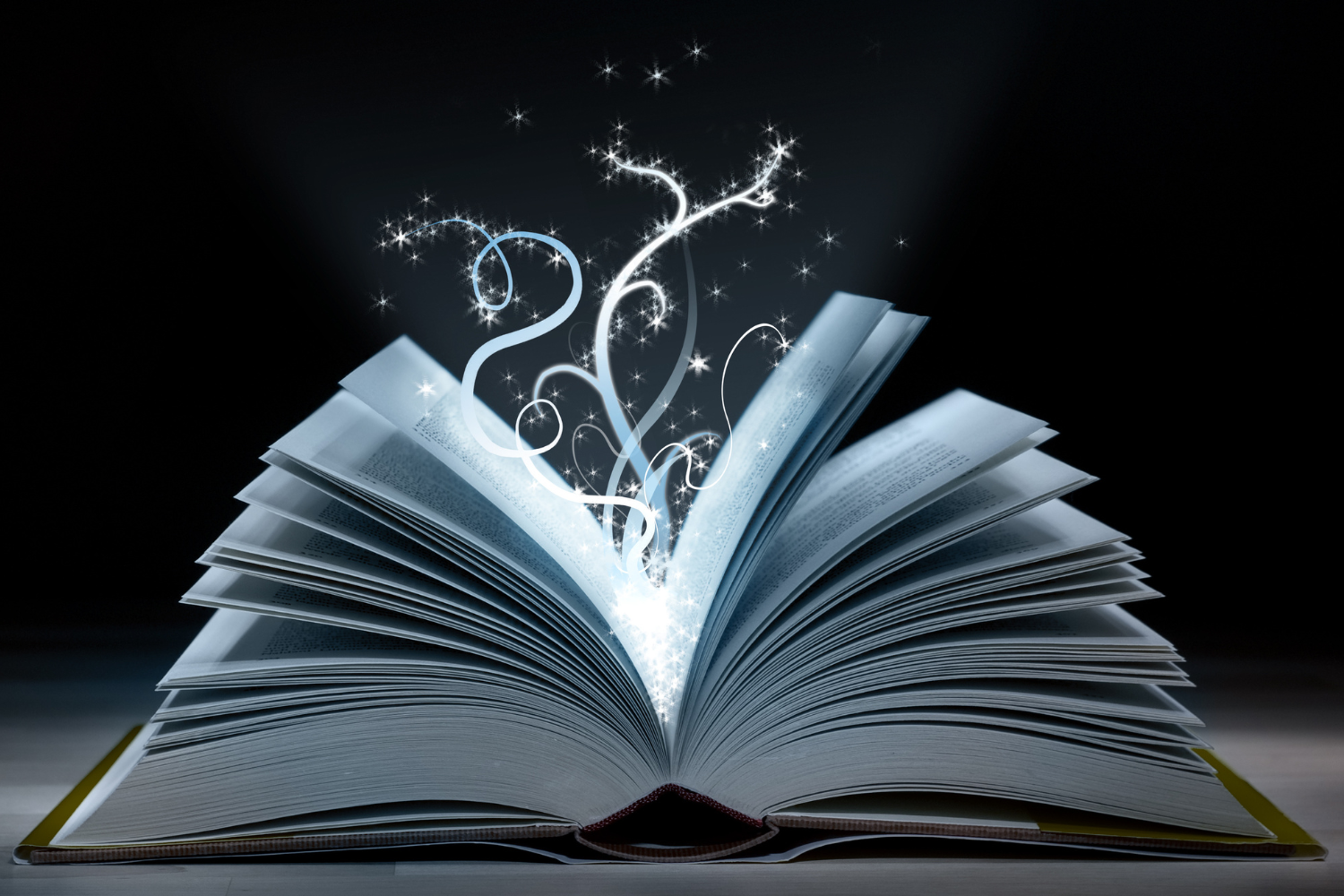Guest Post by Álvaro Antoñanzas, Co-founder and COO at DeuSens
Generations Z and Alpha exemplify the profound impact that gaming has on new generations. In fact, 79% of Gen Z identify themselves as “gamers.” This shift is not just technological – like the graphic quality found in the latest video games – but also a transformation in how video games are perceived and integrated into culture, creating new ways of interaction.
In the 90s and early 2000s, if you preferred staying home playing video games over the weekend, you were labeled a “nerd”: different, antisocial, and odd. In my case, I spent most of my days playing games from the Grand Theft Auto, Red Dead Redemption, Metal Gear Solid, Total War series… among others. Fortunately, I bonded well with my school friends who shared my hobbies, a friendship many of my generation missed. This background, along with my passion for the audiovisual world, allowed me to pursue my dream career.
Thanks to video games, I discovered Virtual Reality, leading me to establish DeuSens in 2014 as one of the first five pioneering startups developing VR in Spain. Over the years, DeuSens has evolved, embracing emerging technologies like Mixed Reality, Augmented Reality, Artificial Intelligence, and developing experiences in the Metaverse, becoming a tech development studio offering “Hyperexperiences” (as we named it) for the marketing, communication, and innovation teams of the most innovative brands in the world.
McDonald’s, FNAC, L’Oréal… all these brands are heavily investing in reaching new generations through video games. Why? There are up to five types of gamers with different characteristics and motivations: whether they play solo or multiplayer, their platform preferences, level of professionalism, how much time they spend watching their favorite streamers, etc. But without delving too much into details, let’s return to the generational gap between millennials, previous generations, and the new ones.
As I mentioned, there has been an evolution. The fully digital Generation Z finds in video games not just a source of disconnection or a hobby but also a way to socialize and interact. Nowadays, even if you are not a gamer, you have likely heard of Fortnite, have in mind some the most famous streamers, or if you are a parent with 13-17-year-old children, you probably see them spending considerable time around gaming (PC, PlayStation, Xbox, Nintendo…). It’s no longer odd for a teenager to spend time with friends playing online and chatting on Discord, making it a way to hang out on a Saturday afternoon. And the icing on the cake, increasingly for Gen Z or Alpha, being a gamer is being “cool”.
McDonald’s: A Case Study for Virtual Worlds in Marketing
A prime example of this phenomenon is the McDonald’s case, one of the world’s largest and most recognized fast-food chains. Imagine a place where your love for French fries and video games merge and you can interact digitally with them. This innovative approach to reaching new generations has garnered much attention.
First, the brand recognized an opportunity, understood where these new users were, and decided to speak their language, making their first foray into the Metaverse with the creation of McDonald’s Land in Roblox for all restaurants in Latin America. This 360º marketing campaign was revolutionary! It captured the essence of the brand visually and through content, turning the world into a meeting point between influencers and their followers, with the bonus of creating ‘phygital’ (physical and digital) promotions that merged the real and virtual worlds, drawing Roblox users to McDonald’s locations.
Secondly, the brand achieved its clear and strategic objectives: it gained recognition from Generations Z and Alpha by breaking traditional molds and forging stronger bonds; it gained visibility by being one of the first in its competition to venture into the metaverse; it boosted sales by drawing users to physical restaurants; it strengthened loyalty by using the metaverse as a new communication channel; and in 2023, it achieved key positioning by entering the gaming world with the creation of five islands, each with different aesthetics, ambiance, and gamification.
This campaign marked a before and after in the history of marketing, reaching an impressive audience figure with over 300,000 visits from users across Latin America in the first few weeks. Moreover, McDonald’s not only reaffirmed its position as a leader in technological innovation but also demonstrated its ability to adapt to new trends and connect with a young, digital audience.
These new strategies that the most innovative companies are implementing globally redefine the interaction between brands and younger consumers, opening a world of possibilities and placing the boldest brands at the forefront of marketing.
Who would have thought that the kid fascinated by finding correlations between the movie Scarface and Vice City would, years later, work hand in hand with internationally renowned brands like Coca-Cola, P&G, Inditex, McDonald’s… I can only be grateful to the entire DeuSens’ team, as they are the true essence of all these projects.
If you’re seeking support with building virtual worlds into your marketing strategy, contact Deusens to build something special.



